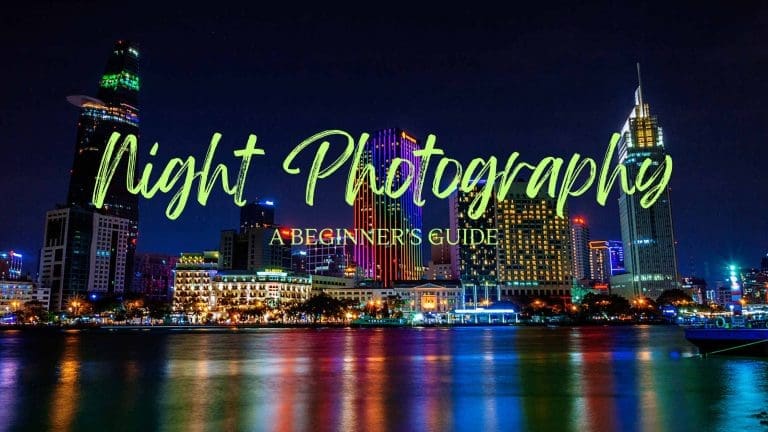Basic Concepts of Photography – A Complete Guide for Travelers
Travel photography is an exhilarating way to document your adventures and share the beauty of the world. Whether you’re marveling at the grandeur of ancient ruins or capturing the vibrant hues of a bustling market, each shot tells a unique story. To embark on this visual storytelling journey, you’ll need to grasp some basic concepts of photography. From understanding your equipment to mastering the art of composition. With each photo, you’re not just taking a picture. You’re preserving a moment that speaks to the heart of the place and its people.
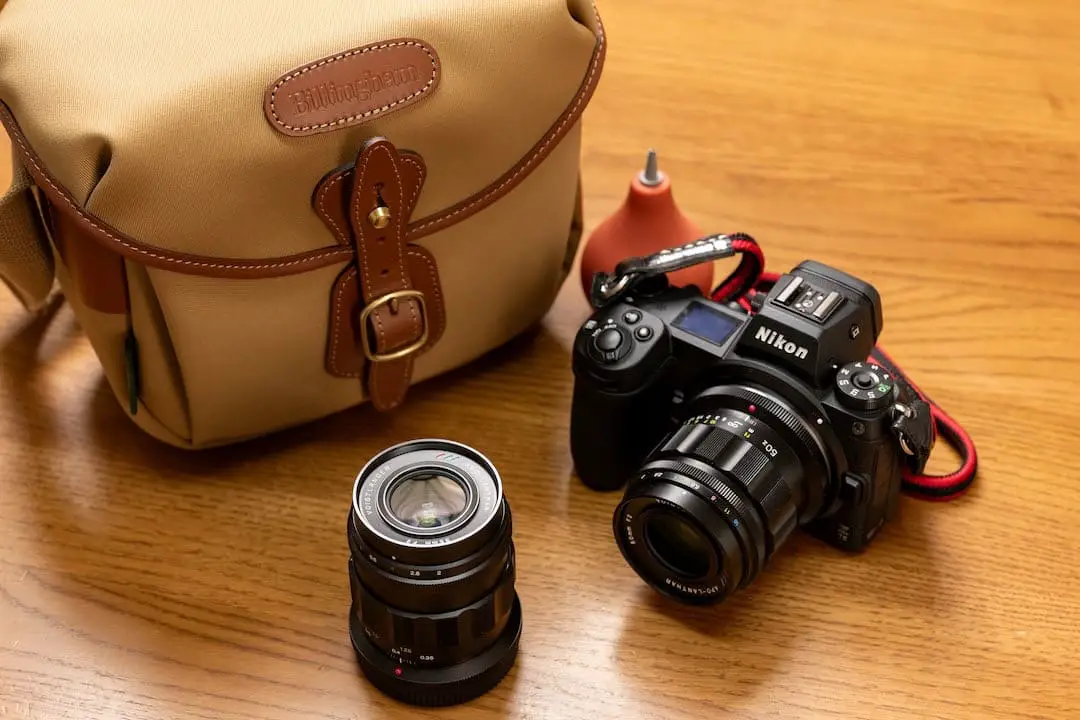
To excel in travel photography, you must be both a keen observer and a creative thinker. It’s about more than just pointing and shooting; it’s about finding the extraordinary in the ordinary. You’ll see the world with fresh eyes, seeking out patterns, textures, and emotions that resonate with viewers. By honing your skills, you’re not only enhancing your photographic repertoire but also creating a bridge between cultures and experiences that transcends language and geography.
Getting started in travel photography can be simple. Take your camera on a local hike or as ambitious as planning an overseas expedition. I use this camera for all my travels. The key is to start where you are, use what you have, and always be open to learning. So, pack your gear and embrace the unknown. Let the world be your canvas as you capture it through your lens, one breathtaking image at a time.
Basic concepts of photography: Essential Equipment for Travel Photography
Every travel photographer’s toolkit should include a versatile camera capable of capturing a wide range of scenes. A sturdy yet lightweight tripod, and an assortment of lenses that cater to different scenarios. Try to pick 1-2 lens to use if you cant afford many lens. Photography can be very expensive even if it’s just a hobby. Don’t forget the importance of a durable camera bag to protect your equipment, and ample memory cards for storage. With these essentials, you’re well-equipped to put your travel photography tips into practice.
1. Understanding Your Camera’s Capabilities

Embarking on your photographic journey requires a deep understanding of what your camera can do. Familiarize yourself with its various modes, settings, and features. Know how to adjust the exposure, work with different lighting conditions, and switch between focusing modes. Your camera is your most crucial tool, and mastering its capabilities will empower you to bring your creative vision to life.
Invest time in practicing with your camera before you set off on your travels. Your basic guide to photography will help you to under the basics and then move onto the more advanced theories. Experiment with different techniques and learn how to quickly adjust settings in response to your environment. You’ll start to become confident in your ability to capture the essence of your destinations. With this knowledge, you’ll be prepared to face any photographic challenge that comes your way.
2. The Importance of a Lightweight and Reliable Tripod
A tripod is more than just a stand to set your camera on; it’s an extension of your creative flexibility. Lightweight travel tripods make it possible to shoot steady long exposures, group photos, and self-portraits. They grant you control over your camera’s composition and stability. It’s crucial in low light situations or when precision is key. For DSLR cameras, a reliable tripod is an indispensable ally in avoiding camera shake and achieving sharp images.
When exploring your destination, you don’t want to be bogged down by heavy gear. That’s why opting for a tripod that’s both sturdy and compact is essential. It should fit comfortably in your travel bag and be quick to set up, because sometimes the difference between a good shot and a great one is a matter of seconds. With the right tripod, you’re always ready to capture that perfect shot. Whether you’re pointing and shooting at a street festival or framing the perfect sunset.
3. Selecting the Right Lenses for Different Scenarios
Your camera gear should include a range of lenses that complement your photography style. Different lenses serve different purposes in photography. Zoom lenses offer flexibility and convenience, allowing you to capture both wide landscapes and close-up details without changing lenses. Travel tripods support these heavier lenses for sharper images. Conversely, prime lenses, with their fixed focal lengths, challenge you to move and compose your shots thoughtfully. Prime lenses often result in higher-quality images for some images. While you’re still learning the basic concepts of photography, practice with only the lens you have.
Prime Lenses vs. Zoom Lenses: What’s Best for Your Travel Kit?
Choosing between prime and zoom lenses for your travel kit is a matter of preference and versatility. Prime lenses are known for their wider apertures, which provide better low-light performance and a shallower depth of field for that professional-looking background blur. They encourage you to be more creative by physically moving to frame your shot, resulting in more thoughtful composition.
On the other hand, zoom lenses offer a practical range of focal lengths. These lenses make them ideal for travelers who need to be ready for any situation. Whether you’re capturing the intricate details of local architecture or the expansive beauty of a natural landscape, a zoom lens means you’re always prepared. Ultimately, the best lens is the one that meets your needs and helps you capture the memories that matter most.
4. Must-Have Travel Photography Accessories
Beyond your camera and lenses, certain accessories can elevate your travel photography. These must-haves not only protect your gear but also enhance your ability to capture stunning images in diverse conditions. Consider adding a polarizing filter to reduce glare, a remote shutter release for sharp long exposures, and a lens cleaning kit to keep your images spotless.
Filters, Batteries, and Memory Cards
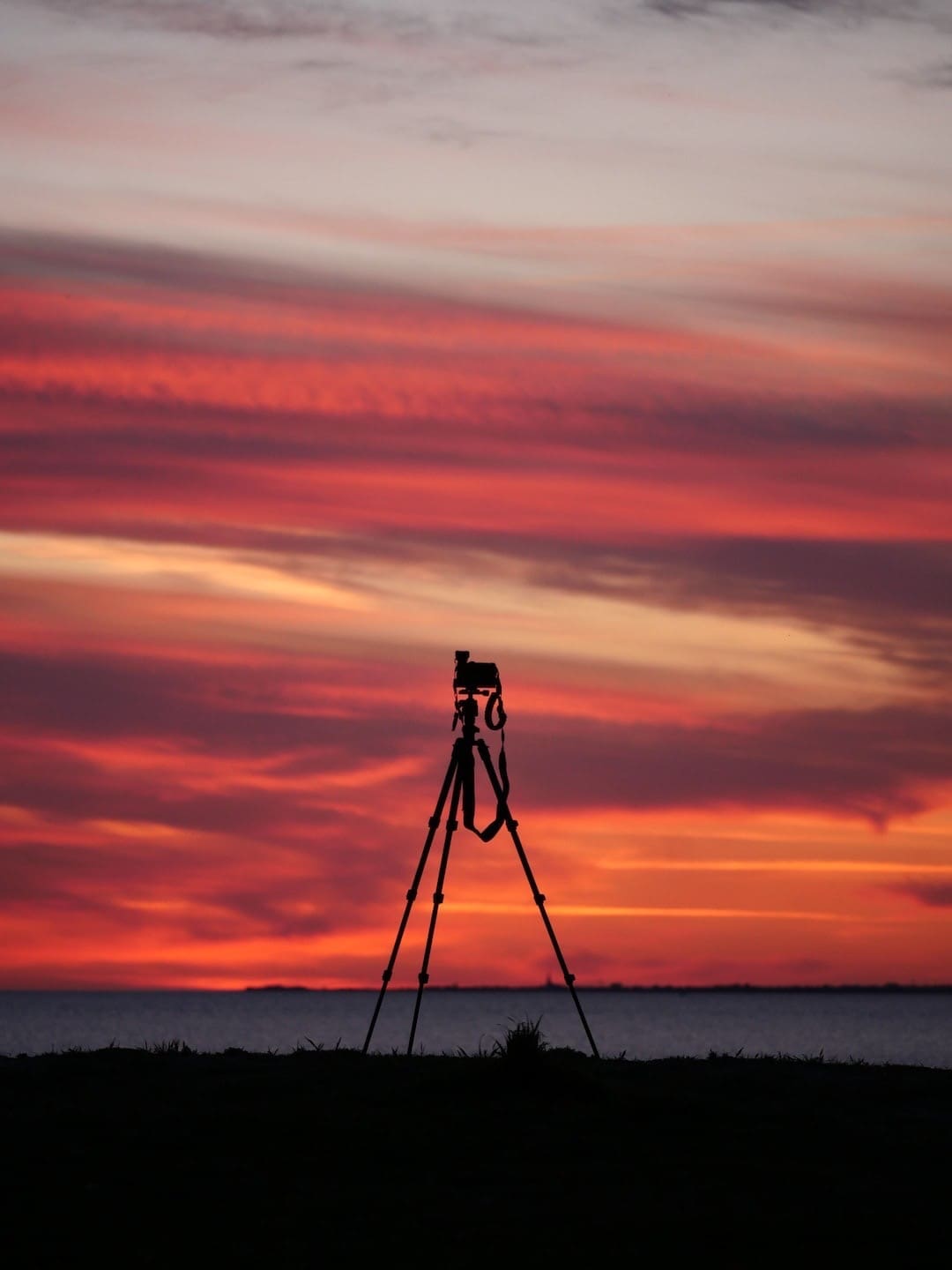
Filters serve as tools to manipulate light and color directly as you shoot. They can protect your lenses, improve color contrast, and reduce reflections. Always carry spare batteries to ensure your camera stays powered throughout your adventures, and invest in high-capacity memory cards so you never miss a shot due to lack of storage. Remember, memory cards are the digital equivalent of film; they’re where all your hard work and beautiful captures are stored.
Having a selection of memory cards is akin to having a quiver of arrows; each one ready to be deployed at a moment’s notice. They are small, but their role in your travel photography is monumental. By keeping multiple cards on hand, you not only back up your work but also organize your shots by location or subject matter, streamlining your post-processing workflow and safeguarding your precious moments.
Basic concepts of photography: Mastering the Art of Composition
The art of composition in photography is about arranging visual elements harmoniously. It’s the basics of photography for getting that perfect shot. Whether you’re shooting landscapes or urban scenes, it’s about more than just shooting straight ahead. Composition is the creative process that guides the viewer’s eye through the image, creating balance, depth, and interest. By mastering compositional techniques, you turn ordinary snapshots into compelling stories.
5. The Golden Rule: The Rule of Thirds Explained
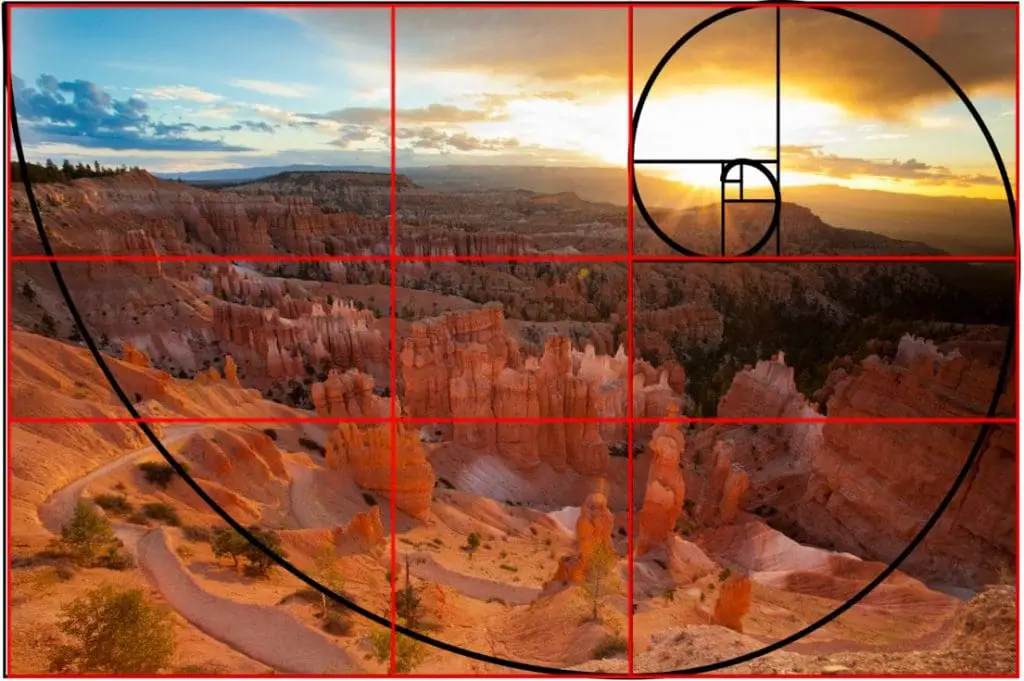
The Rule of Thirds is a fundamental principle that divides your frame into 9 even squares, creating reference points for placing a person or object in your composition. By aligning your subject along these lines or at their intersections, you create a balanced image that the eyes naturally find pleasing. It’s a simple yet powerful technique that can instantly improve the quality of your photos.
When taking a picture, imagine this grid overlay on your viewfinder or LCD screen. The goal is to naturally draw the viewer’s attention to the most important elements of your shot. This rule is not just for in-camera work; it can also guide you when cropping photos in editing software. By employing the Rule of Thirds, you enhance the visual impact of your travel images, making them more dynamic and engaging.
6. Framing Your Shots for Maximum Impact
Framing is a technique that involves using elements within your scene to create a ‘frame’ around your subject, adding depth and context to your image. It could be an archway, a window, or even branches of a tree. This method draws the viewer’s focus to the intended subject and can also convey a sense of place or tell a story within the story. When looking through your camera’s LCD screen, actively search for natural frames to create more immersive and layered photos.
Effective framing can turn an ordinary scene into a captivating visual narrative. It’s about looking beyond your primary subject and considering the environment that surrounds it. By thoughtfully incorporating framing elements, you not only lead the viewer’s eye but also give your images a sense of depth and perspective that sets them apart from simple snapshots.
7. Utilizing Leading Lines to Guide the Viewer’s Eye
Leading lines are powerful compositional tools that draw your eye into the photo, guiding it towards the subject or focal point. These lines can be anything from roads and fences to the sweep of a coastline or the direction of shadows. They create a visual pathway and can add a sense of movement or flow to your images. Look for leading lines in your environment and position yourself to use them to their full effect.
The most compelling leading lines are those that not only lead you into the image but also tell a story about the place. They can provide context and a sense of scale, or even evoke emotions. By mastering the use of leading lines, you create photographs that are not just seen but experienced, inviting the viewer to step into the world you’ve captured. Understand the basics concepts of leading lines helps to improve your photography.
8. Finding Unique Angles for Unforgettable Images
In a world where iconic landmarks have been photographed a million times, finding unique angles is key to taking travel photos that stand out. Challenge yourself to look beyond the typical tourist perspectives. Get low to the ground, climb up high, or simply tilt your camera to reveal a fresh viewpoint that transforms the familiar into something extraordinary.
Elevating Your Perspective: High and Low Angle Shots
High angle shots can offer a sweeping overview of a scene, providing context and a sense of grandeur. Conversely, low angle shots can make your subject appear larger than life, imbuing them with power and importance. Both techniques encourage you to experiment with elevation and perspective, often resulting in more dynamic and memorable images.
Don’t be afraid to play with perspective and try unconventional angles. Sometimes, the best way to capture the essence of a place is to break away from the standard eye-level shot. By elevating your perspective, you open up a whole new dimension in your travel photography that can lead to unexpected and impactful compositions.
Basic concepts of photography: Perfecting the Timing of Your Travel Photography
Timing in travel photography is everything. It’s about being at the right place at the right moment to capture the magic that unfolds. Whether it’s the soft glow of the golden hour or the dramatic ambiance of a stormy sky, understanding and anticipating the nuances of light can transform your images from good to breathtaking.
9. Chasing the Golden Hour for Magical Light
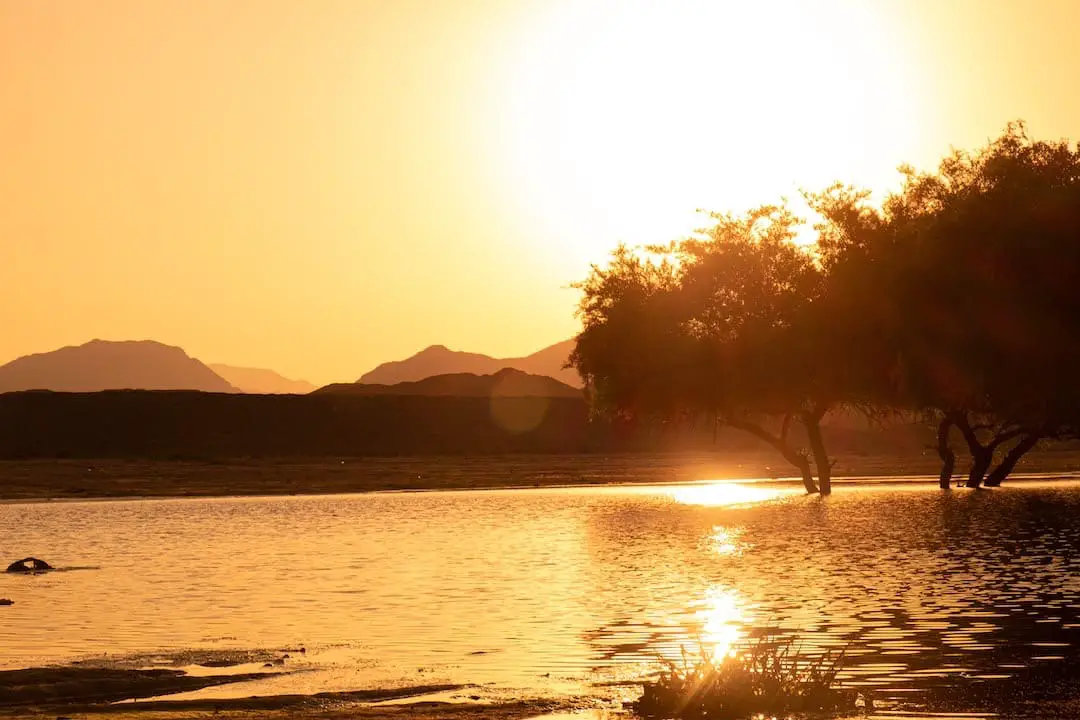
When the sun hovers near the horizon during the golden hour, the Taj Mahal basks in a warm glow that is a photographer’s dream. This soft, diffused light enhances textures and gives subjects a golden hue that can transform a simple photo into a work of art. As you chase this magical hour, anticipate how the light will caress landmarks, creating depth and dimension in your photos.
Timing is critical; you must be ready when the golden hour casts its enchanting light. Scout your location beforehand, set up your shot, and wait for the moment when the warm glow envelops the scene. This fleeting light offers a brief window to capture the world in an extraordinary way, imbuing your travel photography with a sense of wonder and nostalgia.
10. Blue Hour Brilliance – Capturing the Twilight Glow
The blue hour arrives just before sunrise or after sunset, when the sky fills with a twilight glow that can make the Taj Mahal appear ethereal. This serene time provides a cool counterpoint to the warm tones of golden hour, offering a unique opportunity to capture moody and introspective images that tell a different story of the place you’re visiting.
During blue hour, the diminishing natural light requires a steady hand or a tripod to avoid camera shake. Embrace the tranquil ambiance and the subtle gradations of blue and purple that paint the sky. It’s a time when the warm glow has faded, but the world is not yet cloaked in darkness—a perfect moment for photographers to capture the quiet beauty of twilight.
11. The Patience Game: Waiting for the Perfect Moment
In travel photography, patience is your ally. Switching to manual mode gives you full control over your camera’s settings, allowing you to respond nimbly to the changing light hitting your subject. Digital cameras are capable of capturing a wide range of light, but it’s your patience in waiting for that light to be just right that will truly elevate your images.
Whether it’s the sun breaking through clouds after a storm or the perfect alignment of shadows and architecture, the right moment can define a photograph. Manual mode enables you to make quick adjustments to shutter speed, aperture, and ISO, capturing the transient beauty of light as it dances across your scene. A keen eye and a sense of timing are crucial for seizing these ephemeral moments.
12. Night Photography: Embracing the Dark

Night photography challenges you to see the world differently, finding beauty in the interplay of shadow and artificial light. As daylight fades, a new realm of possibilities emerges, with street lamps, neon signs, and the night sky offering a canvas for your creativity. Nighttime requires slow shutter speeds and higher ISO settings, but the results can be strikingly dramatic and full of mood.
Embracing the darkness also means exploring the silence and solitude that comes with it. Long exposures capture the movement of stars or the blur of cars, adding a dynamic element to your stills. As you venture into the night, remember that adding a human element can infuse your scene with narrative and depth, transforming a simple streetscape into a story waiting to be told.
Basic concepts of photography: The Human Element in Travel Photography
Adding a human element to your travel photos can turn landscapes into stories and monuments into experiences. People provide scale, context, and emotion, offering a glimpse into the culture and daily life of a destination. Whether it’s a candid shot of a bustling market or a portrait of a local artisan, capturing the human element invites viewers to connect with the places you visit on a more personal level.
13. Incorporating People to Tell a Story
Including people in your travel photography can transform a static image into a narrative. A lone figure against a vast landscape can evoke a sense of adventure, while a crowded street scene captures the essence of urban life. People add a layer of storytelling to your images, reflecting the culture and atmosphere of the destination.
When photographing individuals, consider their role in the scene. Are they the main subject, or do they complement the environment? Pay attention to their actions, expressions, and interactions with the surroundings. A well-timed photo of a street vendor, a child playing, or a couple strolling can convey a powerful and relatable story to those who view your work.
14. Navigating Photography Ethics: Permission and Respect
As a travel photographer, it’s essential to navigate the ethics of capturing images with sensitivity and respect. Always seek permission before taking photos of people, especially in close-up situations. Be mindful of local customs and privacy expectations. If language barriers arise, a smile and a polite gesture can go a long way in gaining consent.
Avoid exploiting vulnerable subjects for the sake of a compelling shot. Instead, aim to portray individuals with dignity and authenticity. Show appreciation for their participation and if possible, share the photo with them. Respecting your subjects not only builds trust but also enriches your experience and the authenticity of your photographs.
15. Documenting Cultures: Sensitivity and Authenticity
Documenting cultures through photography calls for a delicate balance between curiosity and respect. Approach each situation with an open heart and a desire to learn, allowing the story of the community to guide your lens. Be sensitive to the nuances of cultural expressions and traditions, capturing them in a way that honors their significance and authenticity.
Engage with locals and seek to understand the context behind cultural practices and symbols. This understanding can lead to more meaningful and respectful representations in your images. Remember that you’re a guest in someone else’s homeland; therefore, your role is to observe, appreciate, and document without altering or influencing the scene in front of you.
16. Self-Portraiture on the Road: Becoming Part of the Scene

Self-portraiture on a road trip can add a personal touch to your travel narrative. It allows you to insert yourself into the frame, not just as a photographer but as a traveler interacting with the environment. This can create a connection between you and the viewers, as they see the world through your eyes and experience your journey vicariously.
Setting up a self-portrait requires thought and preparation. Consider the background, the composition, and how you fit into the larger scene. Use a tripod and a timer or remote shutter release to capture yourself in a natural and authentic manner. By becoming part of the scene, you not only document your travels but also reflect on your personal experiences within the broader context of the world around you.
Basic concepts of photography: Technical Aspects of Travel Photography
Understanding the technical aspects of travel photography is crucial for capturing stunning images. While landscape photography often requires a keen eye for composition, knowing when to move beyond auto mode is essential. Auto mode might be convenient, but it limits the creative potential of your camera. Learning to manually adjust settings opens up a world of possibilities, from achieving the perfect exposure to creating artistic blurs and bokeh effects.
17. Demystifying the Exposure Triangle: ISO, Shutter Speed, and Aperture
The exposure triangle is a fundamental concept that every photographer should master to take better travel photographs. It consists of three elements: ISO, shutter speed, and aperture, each playing a pivotal role in determining the exposure of an image. Understanding how these elements interact allows you to manipulate light and depth in your photos, essential skills for any travel photographer. Proper knowledge of the exposure triangle also ensures that you make the most of your camera equipment, whether you’re capturing the rugged landscapes of Iceland photography or holding your camera steady for a breathtaking sunset.
Balancing the Elements for the Perfect Exposure
Manual mode is your gateway to full creative control, especially when balancing the elements of the exposure triangle. By manually adjusting ISO, shutter speed, and aperture, you can fine-tune how light hitting your sensor is captured. Digital cameras offer a range of settings that can be overwhelming, but understanding the interplay between these elements will enable you to convey the mood and atmosphere of any scene precisely as you envision it.
Practice in various lighting conditions is essential. Adjusting the aperture affects depth of field, while shutter speed can freeze or blur motion, and ISO impacts the image’s graininess. By experimenting and understanding the consequences of each adjustment, you’ll be able to achieve the perfect exposure that reflects the essence of your travel experiences.
18. Manual Mode Mastery: Taking Control of Your Photography
Mastering manual mode is a game-changer for travel photographers. It allows for an unparalleled level of precision and customization, enabling you to adjust settings on the fly to match the changing lighting and subject conditions. Whether you’re capturing a fast-moving festival or a serene landscape, manual mode gives you the flexibility to adapt and capture the scene as you see it.
Invest time in learning the ins and outs of your camera’s manual settings. Practice adjusting focus, depth of field, and exposure to get a feel for how they influence your images. Over time, you’ll develop an instinct for which settings to tweak in any given situation, leading to consistently better results and a more fulfilling photography experience.
19. The Benefits of Shooting in RAW Format
Shooting in RAW format is a powerful tool for travel photographers. RAW files capture all the data from your camera’s sensor, giving you a wider dynamic range to work with during post-processing. Unlike JPEGs, which compress and lose information, RAW files retain the subtle nuances of light and color, providing more flexibility when editing your photos.
Working with RAW files does require larger memory cards and possibly an external hard drive for storage, but the trade-off is the ability to make significant adjustments without sacrificing image quality. Whether you’re correcting exposure, recovering shadows, or fine-tuning colors, the depth of information in a RAW file is invaluable for achieving the look you desire in your final images.
20. Post-Processing Techniques to Enhance Your Travel Photos
Post-processing is an essential step in improving your photography and achieving professional results. Programs like Adobe Lightroom offer a range of tools for manually adjusting exposure, contrast, and color balance. Whether you’re selling prints, conducting photography workshops, or simply sharing your work online, editing allows you to polish your images to perfection. While a fancy camera can capture great pictures, it’s the skillful use of post-processing techniques that can elevate your travel photography to new heights.
Simplify Your Workflow with Lightroom and Photoshop
Adobe’s Lightroom and Photoshop are powerful tools for elevating your travel photography. Lightroom simplifies the editing process, allowing you to quickly adjust exposure, contrast, and saturation. Its cataloging system keeps your photos organized, so you can find any shot in a snap. Plus, presets can speed up your workflow, applying your favorite edits to multiple photos at once.
Photoshop steps in for more complex tasks, like removing unwanted objects or combining images for that perfect shot. Together, these programs streamline your post-processing, giving you more time to capture the beauty of your travels. Remember to backup your edits, ensuring your artistic creations are preserved.

Basic concepts of photography: Improving Your Travel Photography Skills
To excel in travel photography, immerse yourself in continual learning and regular practice. Challenge yourself with new techniques and be open to experimenting with different styles. Every shot teaches something new, contributing to your growth as a photographer.
21. Practice Makes Perfect: Daily Photography Exercises
Developing a daily practice routine sharpens your skills and trains your eye. Commit to taking at least one photo every day, regardless of where you are. Focus on composition, playing with the rule of thirds or experimenting with different perspectives. Capture the subtleties of sunrise and sunset, observing how the changing light transforms a scene.
Review your daily photos, noting what works and what doesn’t. This habit not only builds your technical abilities but also helps you discover your unique style. Over time, the daily commitment to your craft will yield a portfolio of diverse and compelling images.
22. Study the Masters and Influential Travel Photographers
Learning from accomplished photographers can significantly influence your work. Study the portfolios of masters in the tourism industry to understand how they capture the essence of a place. Pay attention to their favourite travel photography shots and analyze the techniques they use to convey emotion and narrative.
Read interviews, watch documentaries, and attend exhibitions to gain insight into their creative processes. This research can inspire you to adopt new approaches and to innovate within your own photography. Their success stories can be a roadmap to elevating your craft.
23. Join a Photography Community: Learning from Peers
Being part of a photography community offers camaraderie and collective wisdom. Engage with fellow photographers online or join local clubs. These communities provide opportunities to participate in photo walks, workshops, and critiques, fostering a supportive environment for learning.
Through these interactions, you’ll gain fresh perspectives and can share experiences, techniques, and gear advice. The collective knowledge of a community is invaluable, helping you to navigate the complexities of travel photography more confidently.
24. Constructive Criticism: How to Grow from Feedback
Receiving constructive criticism is essential for growth. Share your work with trusted peers and mentors, inviting them to offer honest feedback. A fresh set of eyes can spot areas for improvement that you may have missed, and provide suggestions that push your creativity further.
It’s important to remain receptive and not take critique personally. Instead, use it to refine your vision and technique. The goal is to transform good shots into great ones, and constructive criticism is a powerful tool in that journey.
Basic concepts of photography: Preparing for Your Journey
Before setting off, thorough preparation is key. Research destinations, weather conditions, and cultural norms to ensure a smooth photography adventure. This foresight can make all the difference in capturing those once-in-a-lifetime shots.
25. Researching and Scouting Photo-Worthy Locations
Scouting potential photo locations before your trip can lead to more impactful images. Use online resources and travel guides to identify vantage points that provide the best views. Look for iconic photo spots, but also seek out lesser-known locales for unique shots.
Consider visiting locations at different times to understand how the light affects the scene. Take note of where the sun rises and sets to plan your shoots accordingly. With thorough research, you can maximize your time and come away with a diverse set of stunning photographs.
26. Packing Tips for the Travel Photographer
Packing effectively is a skill that balances necessity with creativity. Choose a travel camera that suits your style, whether it’s for wildlife photography or capturing bustling city scenes. Bring lenses that cover a range of focal lengths, from wide-angle for travel and landscape to telephoto for distant subjects.
Remember to pack extra batteries, memory cards for storing raw files, and a lightweight tripod. Filters can enhance your images by controlling light for photography and colour temperature. Always carry travel insurance and ensure your gear is secure. With smart packing, you’ll be ready to take photos in any situation while traveling light.
27. Ensuring the Safety of Your Gear While on the Move
Protecting your photography equipment is paramount when you’re on the move, even if it’s a cell phone. Invest in a sturdy bag with padded compartments to safeguard your gear. Keep a close eye on your belongings, especially in crowded photo locations where the risk of theft is higher.
Additionally, consider insurance for your gear. In the event of damage or theft, you’ll have peace of mind knowing that you can replace or repair your equipment. This allows you to focus on capturing stunning images, such as the grandeur of the Taj Mahal, without undue worry.
28. Creating a Shot List: Planning Ahead for Success
A well-thought-out shot list can serve as your blueprint for a successful photography trip. Include a mix of iconic tourist destinations and more obscure spots that intrigue you. Factor in different times of the day, such as sunrise or sunset, to take advantage of the best light.
When creating your list, consider the types of shots you want, like landscapes, portraits, or action scenes. This will help you plan your equipment and settings, such as using aperture priority mode to control depth of field. With a shot list in hand, you’ll be more efficient and less likely to miss key opportunities.

Basic concepts of photography: Practical Advice for the Travel Photographer
Travel photography is a journey of continuous learning, filled with challenges and rewards. Be ready to adapt, stay patient, and always keep an eye out for those fleeting moments that make for truly remarkable images.
29. Overcoming Common Challenges in Travel Photography
Travel photography presents unique challenges, from dealing with unpredictable weather to navigating language barriers. Stay flexible and have backup plans for when things don’t go as expected. Learn basic phrases in the local language to communicate with subjects and ask for permission when taking photos.
Technical issues can arise, too, so familiarize yourself with your gear to solve problems quickly. Remember, the obstacles you overcome often lead to the most rewarding shots and valuable learning experiences.
30. Travel Light: The Minimalist Photographer’s Guide
Adopting a minimalist approach to travel photography can free you to focus on capturing the essence of your destination. Choose gear that serves multiple purposes and fits comfortably in a single bag. Embrace the constraints of fewer lenses or accessories; they can foster creativity and innovation in your work.
Consider the quality of light for photography and plan your day around it. Early morning, when the sun rises, offers soft, diffused light, while the late afternoon provides a warm golden glow. By traveling light, you can move more freely, explore further, and capture the spontaneous moments that make travel photography so rewarding.
Capturing the World Through Your Lens: A Closing Reflection on Travel Photography Basics
As we reflect on the journey of capturing stunning images, remember that each photo tells a story of places in the world that many dream of. Whether it’s the way night photography reveals the unseen beauty of city scenes or how the Eiffel Tower looks through your lens, your travel photography is a passport to the memories you cherish. With the help of editing programs, those moments become timeless, evoking the same awe as a spread in National Geographic. It’s about more than snapshots; it’s about the essence of experience, frozen in time.
Travel photography is an ever-evolving art, and with each click, you’re writing your visual journal. Utilize tools like Google Maps to scout your next destination, book a flight to lands unknown, and find the perfect place to book accommodation. With your camera in hand and the world as your canvas, you’re not just taking pictures; you’re etching your unique perspective into the annals of travel lore. So, keep exploring, keep learning, and continue to share the world through your lens.


